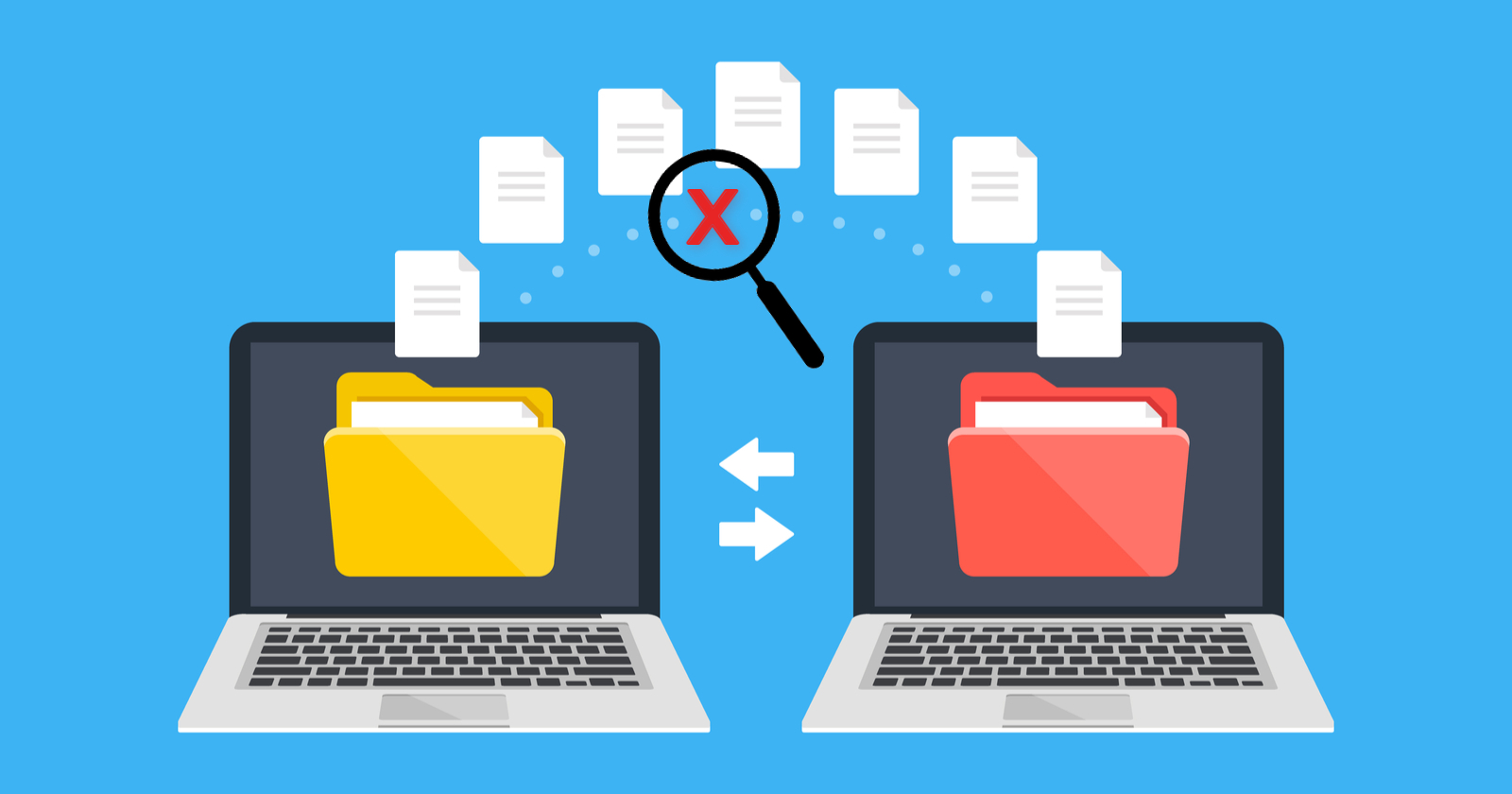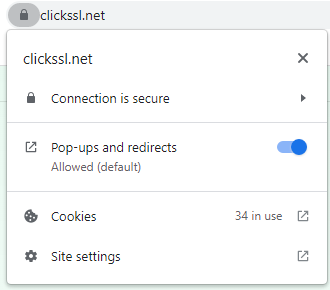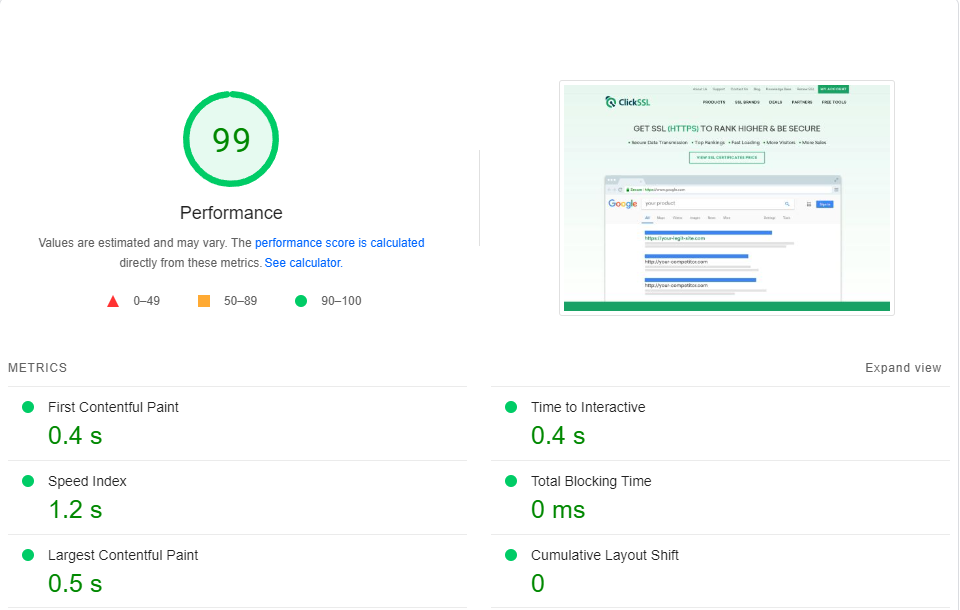
Even if you have followed SEO best practices, there are chances that your website’s rank will drop. The primary reason for it is that SEO is ever changing and as a webmaster, you will have to keep up with updates and regular technical SEO checks. In other words, SEO errors are bound to happen, as no website is perfect!
In fact, Google considers over 200 SEO factors for the search engine algorithm. Some of them are validated, some are argumentative, and some are just for SEO nerds to speculate. However, you need to focus on just a few of them, which are more important than others are and can potentially drop your website’s ranking in a snap. This article covers all key technical SEO issues with solutions. Read on!
XML Sitemap Errors
XML stands for Extensible Mark-up Language, which holds all pivotal URLs of a website. A search engine crawler uses it as a reference to go through all the pages. This leads to the point if there is an error with XML; the Google crawler will be unable to navigate through your website appropriately and may down rank it.
Here are some XML sitemap errors you can come across.
-
404 not found or any 4XX errors
-
URL blocked/restricted by robots.txt
-
5XX service errors
-
canonicalised URLs
-
XML timeout URLs
However, the list is not limited. Such errors can be solved with the help of the tool you are using to generate an XML sitemap. You can also browse tutorials provided by the software or contact their support team and get the errors resolved quickly.
HTTPS Security
While you might be thinking of saving some money by not purchasing an SSL certificate for your website, it will not be of any help. The biggest concern with a missing SSL certificate (HTTPS security) is that it makes your business’s as well as visitors’ data vulnerable.

Moreover, Google makes it a priority to the visitors’ data privacy and security and hence, Google’s algorithm will drop your rankings when it finds HTTPS security is missing.
This SEO error can occur when either you did not purchase an SSL certificate for your website or the SSL certificate is expired. So consider getting one. Since there are different types of SSL certificates suitable for different needs, choosing the right one helps.
If you are looking for quick, easy, and cost-effective solutions to HTTPS security, you may want to check with low budget SSL like Comodo SSL certificates, RapidSSL certificate, and DigiCert SSL certificate.
You will be reminded to renew the certificate so the expiration of the SSL certificate will not be a problem.
Robot.txt Errors
Robot.txt serves the purpose of instructing crawlers about what all URLs they can access. However, this does not mean you can hide some pages from Google using robot.txt. If that is the case, you can use noindex.
Anyways, here are some common robot.txt related errors.
- Unintentionally blocking directories
- txt file is not saved in the root directory
- Access to the pages which you’re still developing
Check out this guide on fixing technical SEO concerning robot.txt.
Non-indexed pages
Using a noindex tag allows you to tell search engine crawlers what pages to index. Not to mention, only indexed pages are able to appear on the search engine result page. That being said, if you are unaware of what pages on your website have a noindex tag, your website will experience a drop in ranking.
You can simply keep a track of what pages contain a noindex tag and address this issue.
Apart from this below are some indexation-related technical SEO issues you may encounter.
- Meta tags on pages with noinedx and nofollow source codes
- Duplicate content
- Soft 404 errors
- Crawl issues
You can find solutions to most SEO errors related to indexation on Google Search Central.
Canonical URLs
There are always chances of duplication, or you can say, near duplication of content on your website. This is usually the case when multiple URLs target the same webpage or your website has multiple pages with more or less similar content.
The search engine crawler crawls only the page where you have added a canonical tag. If you have not added the tag, Google will find the most relevant page on its own.
Overall, if you do not decide a canonical URL for similar pages, your target page might get fewer visitors and even drop rankings.
Website Speed
As common as it sounds, if you ever notice that your website’s loading speed has decreased significantly, you should fix it as soon as possible. While website speed is a primary ranking factor, users too do not like to wait forever for the page to load. Below are some common causes for decreased website speed.

-
The website is not optimized for lazy loads
-
It has optimized images of large sizes
-
Using PNG and GIF format files a lot compared to JPEG
If you are not sure what is causing the reduced website speed, you can simply use a good technical SEO audit tool and fix any SEO errors it shows.





